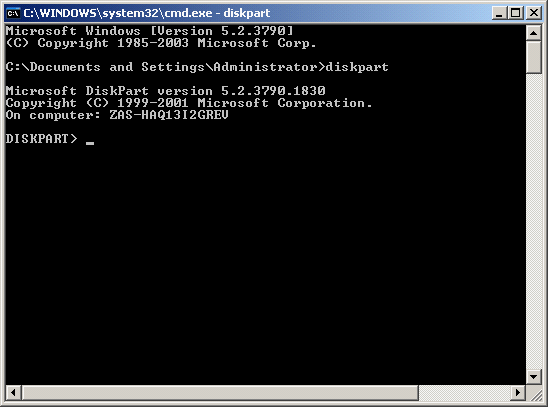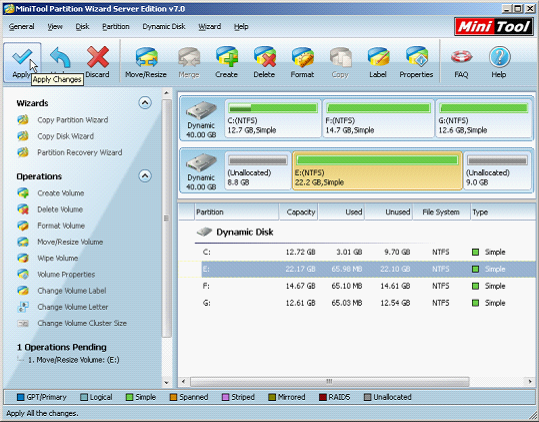

As such, the time will likely come when even the most overbuilt file server will need to have more storage space added in order to support burgeoning needs. Even with more and more information making its way into more hierarchical storage systems, the need for the unstructured storage capabilities offered by the File Services role is growing all the time.

Figure E The Share and Storage Management console. To start the Share and Storage Management Console, go to Start | Administrative Tools | Share and Storage Management.
Windows 2003 volume manager windows#
With Windows Server 2008, Microsoft has revamped the File Services role and created the Share and Storage Management Console to help administrators better manage storage volumes and shared folders and volumes. Share and Storage Management Console capabilities The Share and Storage Management tool replaces the File Server Management tool that was present in Windows Server 2003 and is the focus of this article. The File Server Resource Manager helps administrators manage quotas and other high level functionality. When all is done, the File Services role is installed and, along with it, the File Server Resource Manager and the Share and Storage Management tools. Installation is generally pretty quick and should take only a couple of minutes.
Windows 2003 volume manager install#
On the confirmation window, click the Install button to install the File Services role with the specified options.The Search service makes finding files much easier. If the Windows Search Service is selected, as it has been in this example, select the volumes that should be indexed.Optionally, if e-mailed usage reports are desired, provide the information requested. The default location is C:\StorageReports. On the Set Report Options screen, choose the location at which storage reports will be saved.You can see this in Figure D.įigure D Choose your usage monitoring options. Use the Options button to make changes to the reports that will be installed and to change the threshold at which alerts will begin. When requested, decide which volumes (if any) should be monitored for use.

In Figure C, note that the Windows Search Service is also selected. At a minimum, choose the File Server Resource Manager option in addition to the required File Server service.


 0 kommentar(er)
0 kommentar(er)
